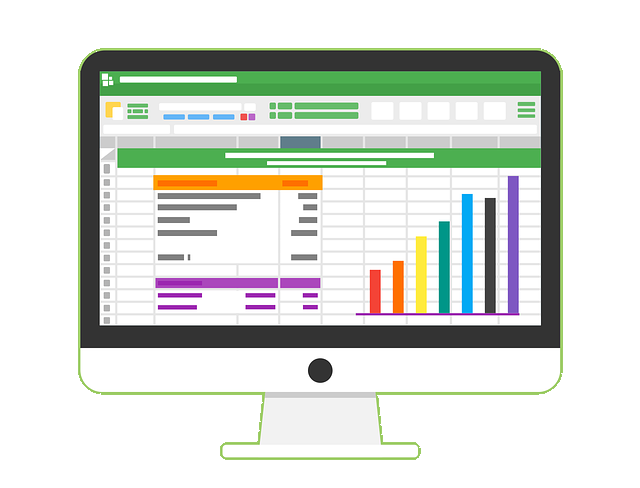How B2C Businesses Can Use Their Data
How B2C Businesses Can Use Their Data
by Boxplot Mar 20, 2023

In order to understand your customers fully and correctly, the data and analytics you maintain about those customers are extremely important. For B2C organizations especially ―which sell directly to customers― customer data and analytics are a necessary component of sales, marketing, and managerial strategies for both pre- and post-market decision making. There is a long list of channels through which a superior data practice can help B2C organizations gain a leg-up on their competition; this blog post will focus on some of the most prominent of those. If you’re a member of a B2C organization interested in hearing about what your business can do to make better use of data, this blog post is for you!
Social Media Analytics
Because they sell directly to end-user customers, in this day and age effective B2C organizations must be aware of the way that their customers engage with the business through social media. There are several different forms of social media analytics that help B2C organizations understand their customer base.
First, these organizations can use social media analytics to improve their social media strategy itself. For example, an organization may build an automatically-updating report to inform them of which sorts of posts (what time of day was it posted, long posts or short posts, which medium was it posted on, etc.) are generating the greatest number of click-throughs, the greatest number of likes, the greatest number of sales leads, and so on; or alternatively, an organization may build an automatically-updating report to inform them of which sorts of posts are not working so well. Either way, the insights that these reports generate enable this organization to optimize their social media strategy according to what’s working and what’s not.
Second, these organizations can use social media analytics to improve their general marketing strategy. Knowing which sort of consumer is more likely to engage with your social media content also helps you determine which sorts of products/services those groups of people enjoy buying, and in turn, which product(s)/service(s) should you focus on building to gain ground on competitors. To read more on the benefits of social media analytics, view our separate blog post on the topic here.
Know Your Customers At A More In-Depth Level With Machine Learning
Characterizing your existing customer base by past spending habits, demographic information, and more can be a helpful strategy, but you have the ability to go into much more depth than simply aggregating known data. Data scientists can use a special kind of programming called machine learning ―defined as teaching a computer how to extrapolate on known data to create new data― to generate new, currently unknown information about your customers.
For example, let’s say your organization is planning the launch of a new service and wants to optimize its marketing strategy for that service. Obviously, you won’t have data on which marketing strategies worked and didn’t work before the service actually hits the market, nor will you ever have any data pertaining to strategies that you don’t end up pursuing. As a result, conventional data analytics won’t help you here. But what you can do is use machine learning to extrapolate on the data you do have to make an objective, unbiased prediction of which marketing strategy is the best given the circumstances.
Your organization can also use machine learning to predict future customer behavior, predict supply chain issues, diagnose drivers of cost overruns before they actually occur, personalize marketing by predicting which material(s) a given viewer may be more interested in seeing, and much, much more.
Customer Relationship Management Analytics
What can your organization do to retain more customers? Being able to answer this question is a primary objective of most B2C organizations, as B2Cs almost always feature shorter customer lifecycles than B2Bs. When applied in the proper way, data analytics is the most reliable way to identify customers who are at risk of terminating their business with your organization before they actually do; then, you can apply the proper retention tactics with these customers to keep them onboard for longer. To identify such customers, data scientists often turn to a technique called survival analysis, which can estimate the likelihood that a current customer leaves your customer base over time. Then, the data scientist can examine which diagnostic factor(s) have the greatest downward influence over that likelihood; when these diagnostic factor(s) are then identified in a certain customer, your organization can deduce that corrective action is necessary for that customer.
There are a lot of other questions that customer relationship management analytics can answer as well. Here are a few examples:
- Which type of prospects and sales leads tend to turn into clients, and what can be done to improve the conversion rate of those who are less likely to become clients?
- How can we measure client conflicts and what can be done to prevent them?
Data collection is also a straightforward exercise in order to conduct customer relationship management analytics, especially if your organization has CRM software.
Accounting Analytics
What are the principal causes of cost overruns for your organization? What is the size of the average purchase from your business, and how has that changed over time? If a customer buys a certain product/service from you, which of your other products/services are they more/less likely to also buy? The answer to each of these questions are buried somewhere in your accounting records. To uncover insights such as these, a necessary step is to build some sort of data feed from wherever your accounting data is stored onto bespoke report(s) and/or dashboard(s); the payoff of an expert data analyst in this case is to build an efficient, effective, and ideally automated set of data feeds and reports to enable your organization to receive fully-updated, industry-leading accounting analytics whenever they are required.

Your Organization’s Data Strategy
These are just a few examples. Many B2C organizations will have all kind of data that could be valuable to the business. Contact us to chat about your organization’s data-related needs.
<< Previous Post
"Conditional Formatting with Excel"
Next Post >>
"Interpreting Linear Regression Results"


